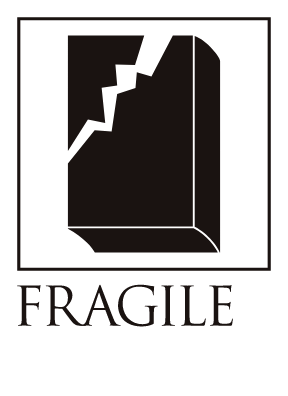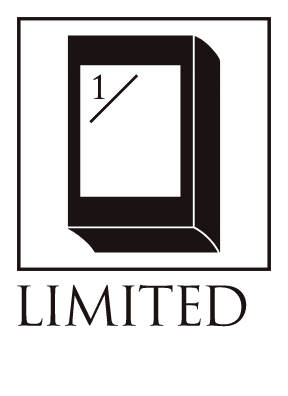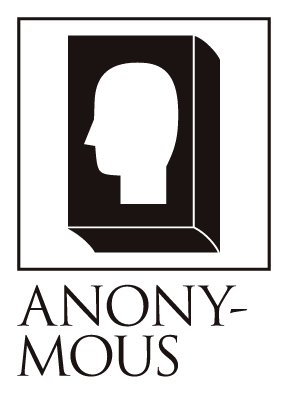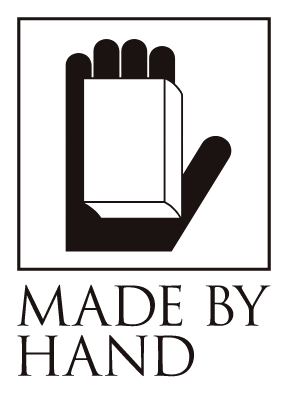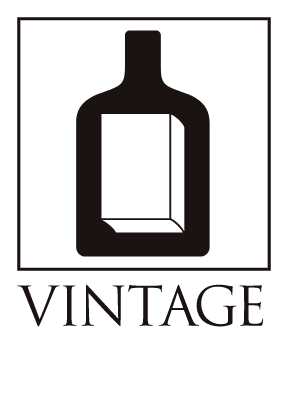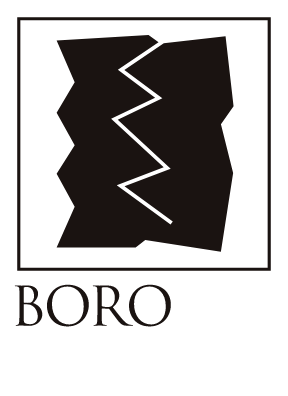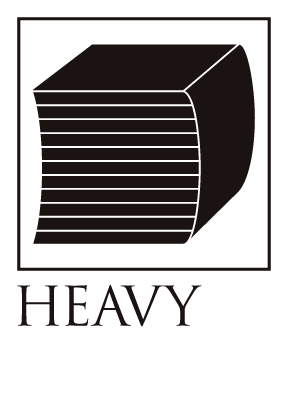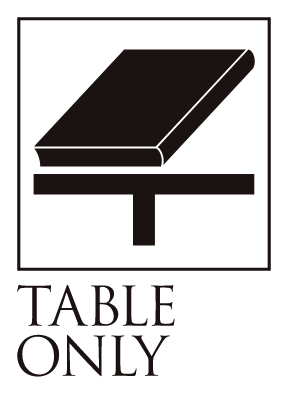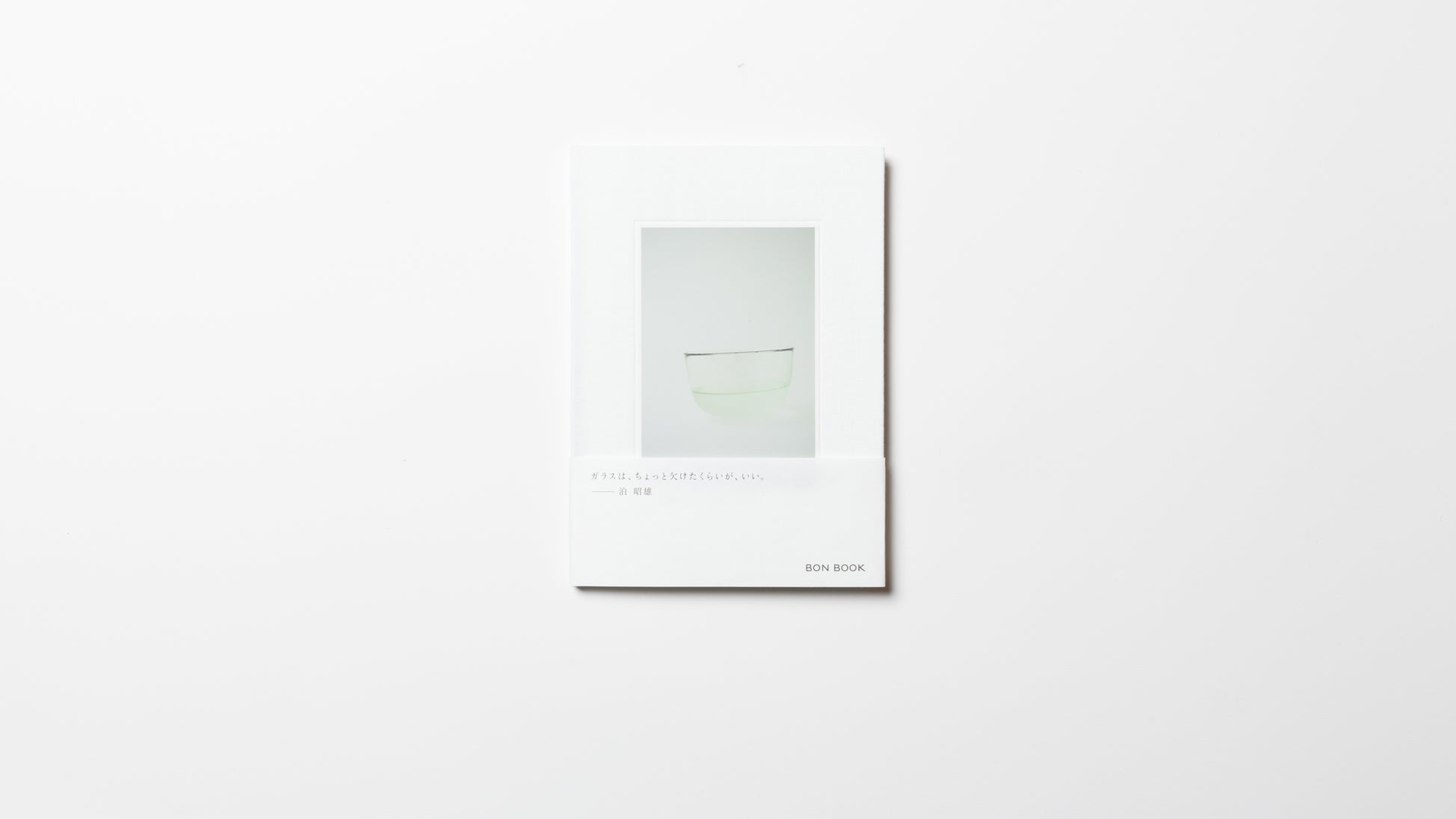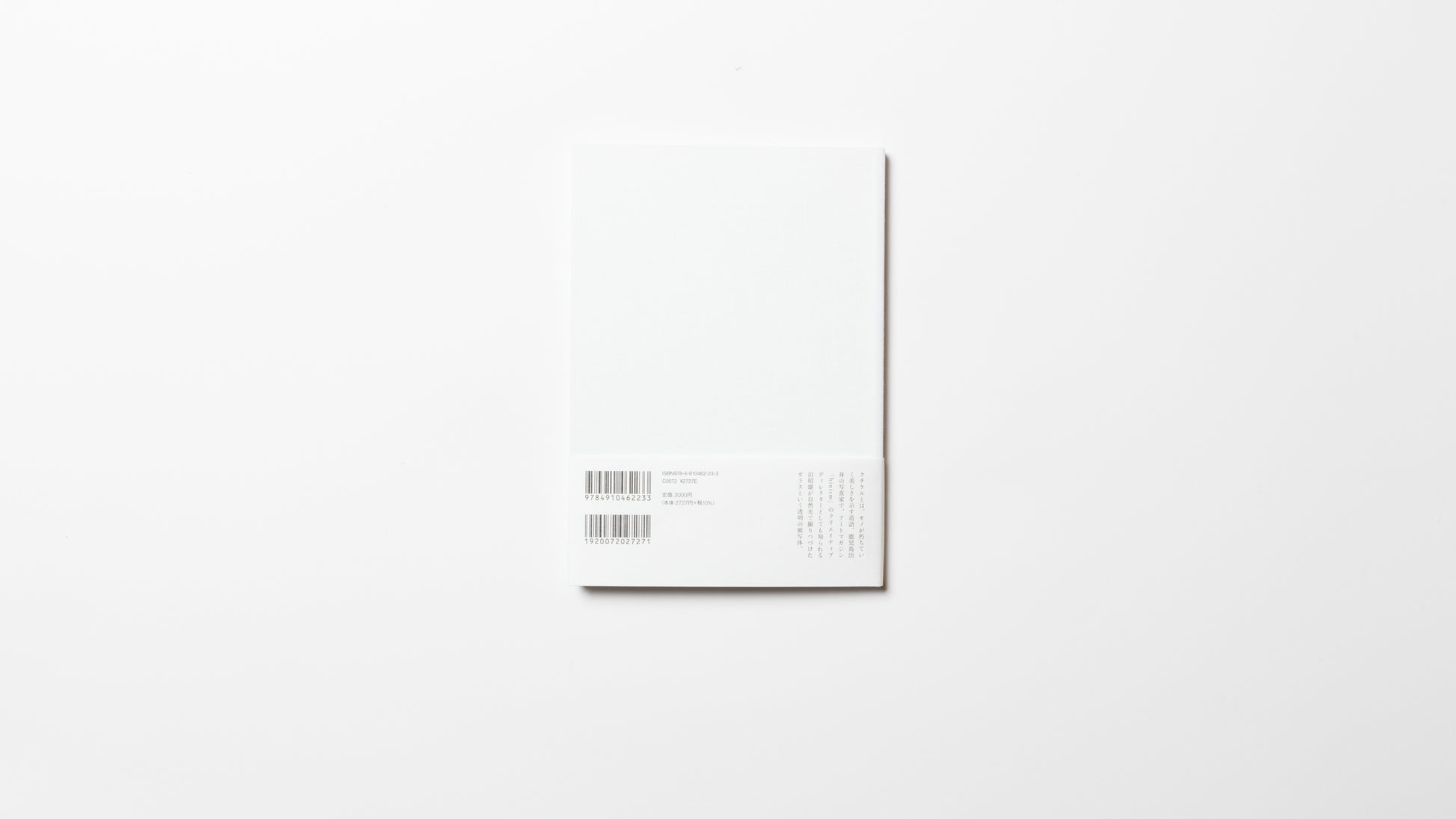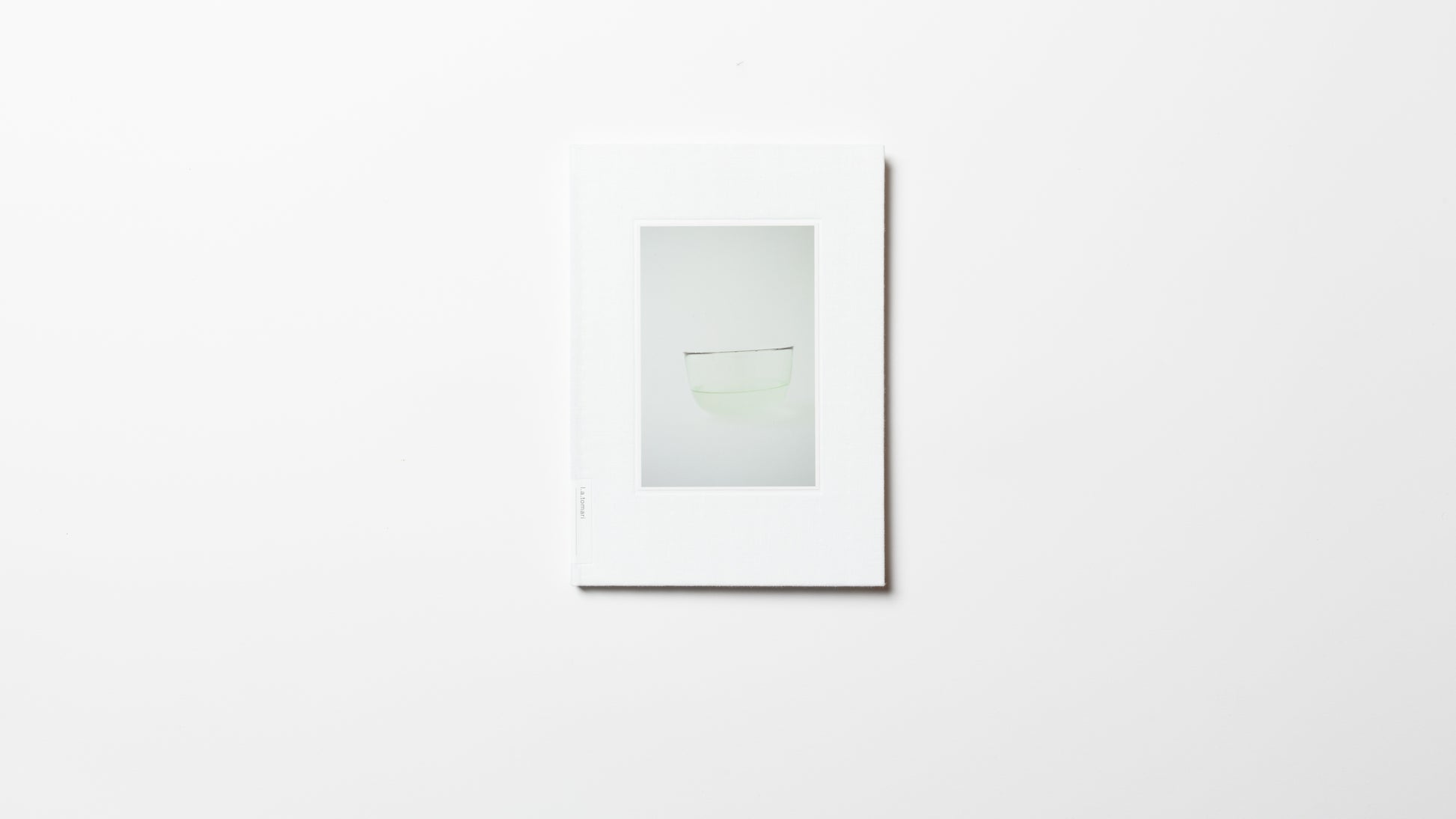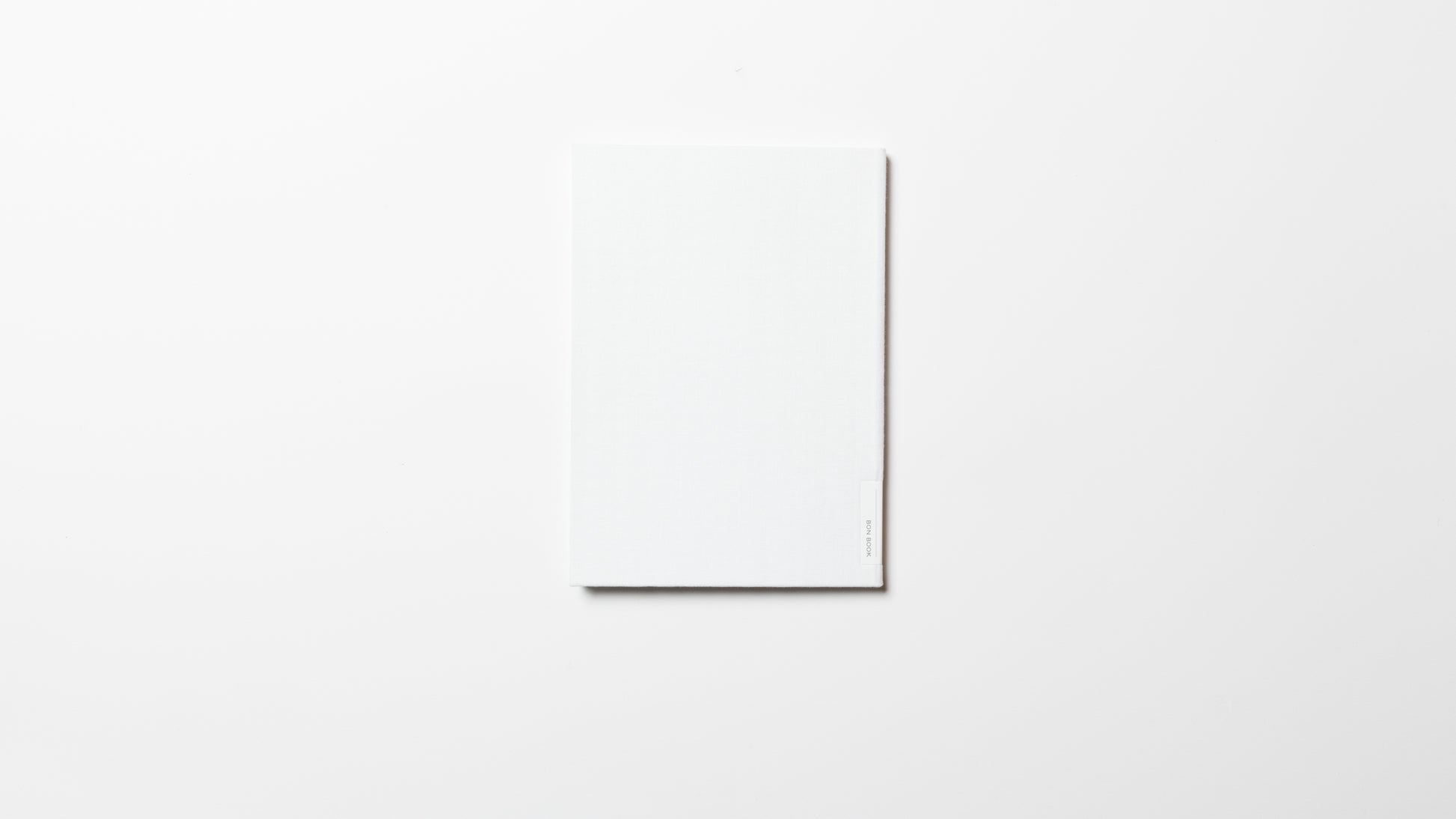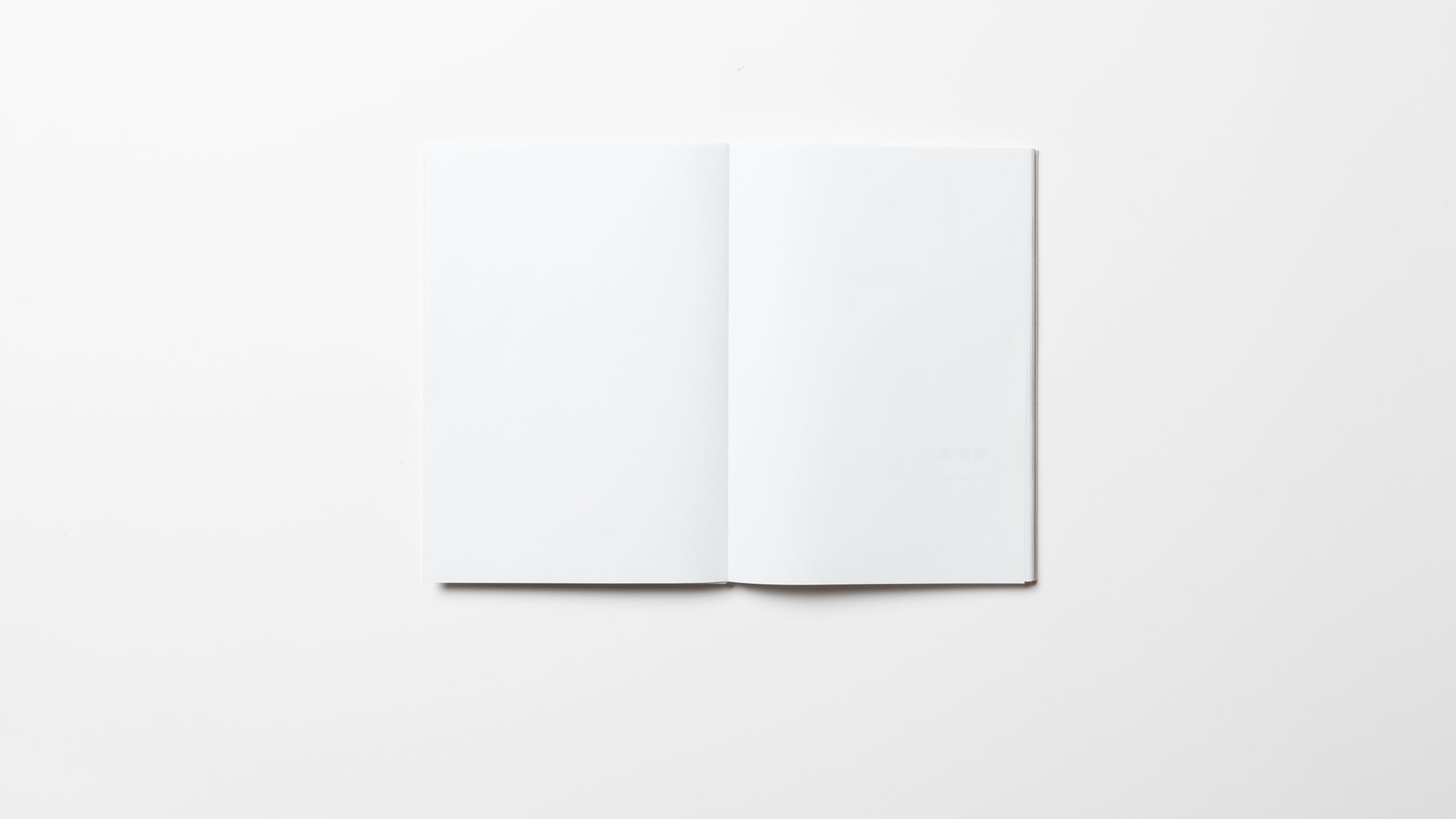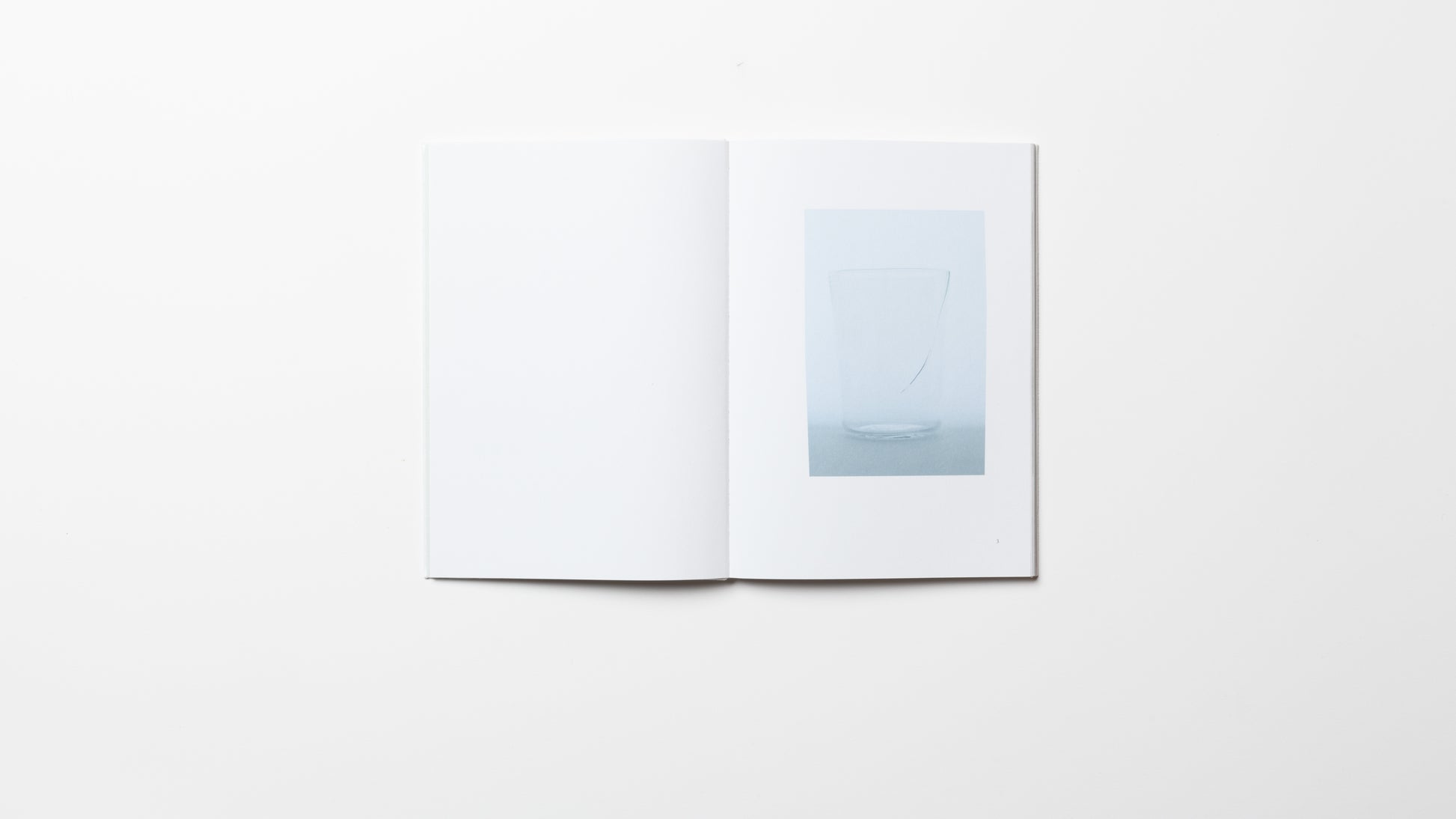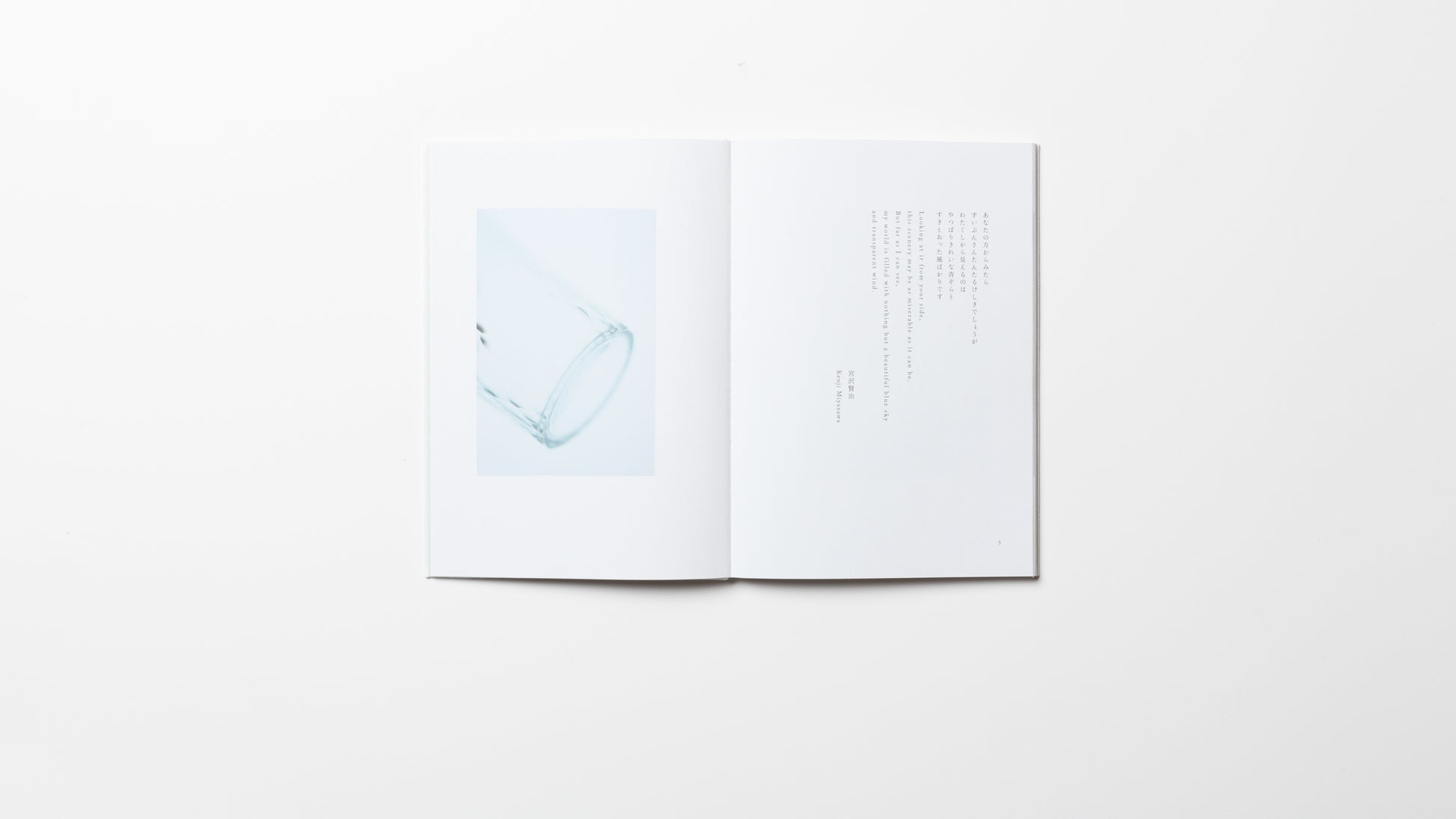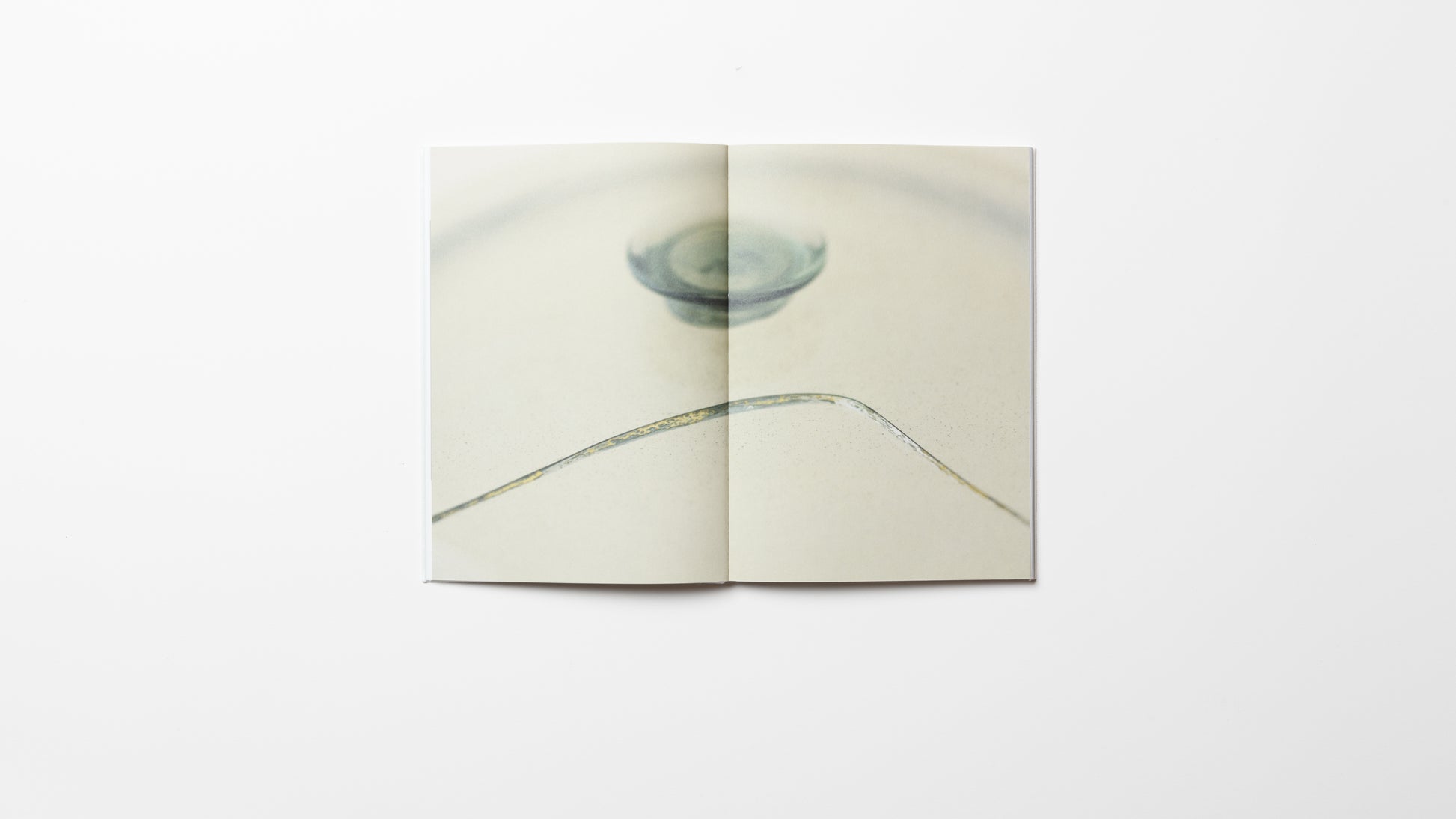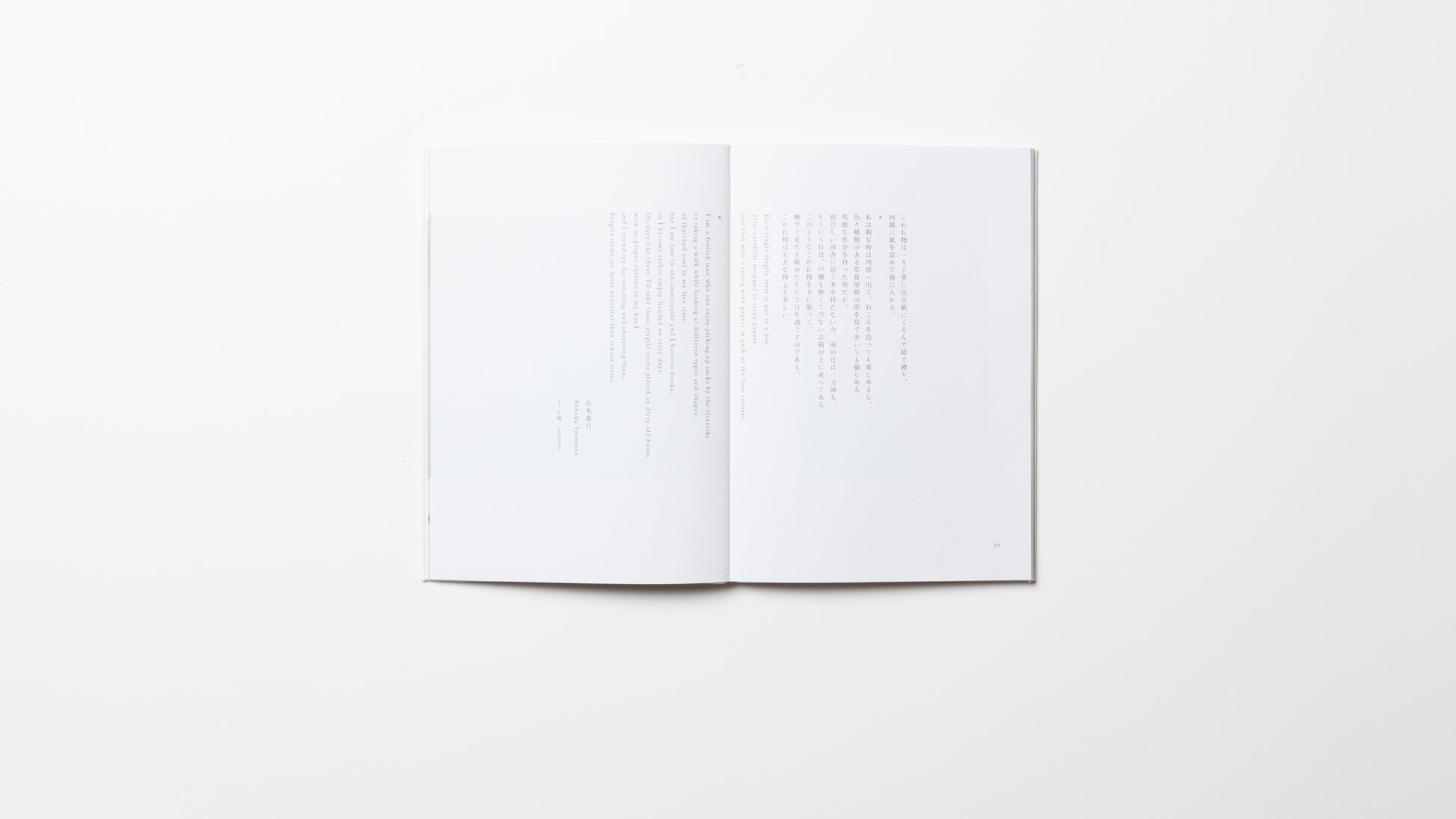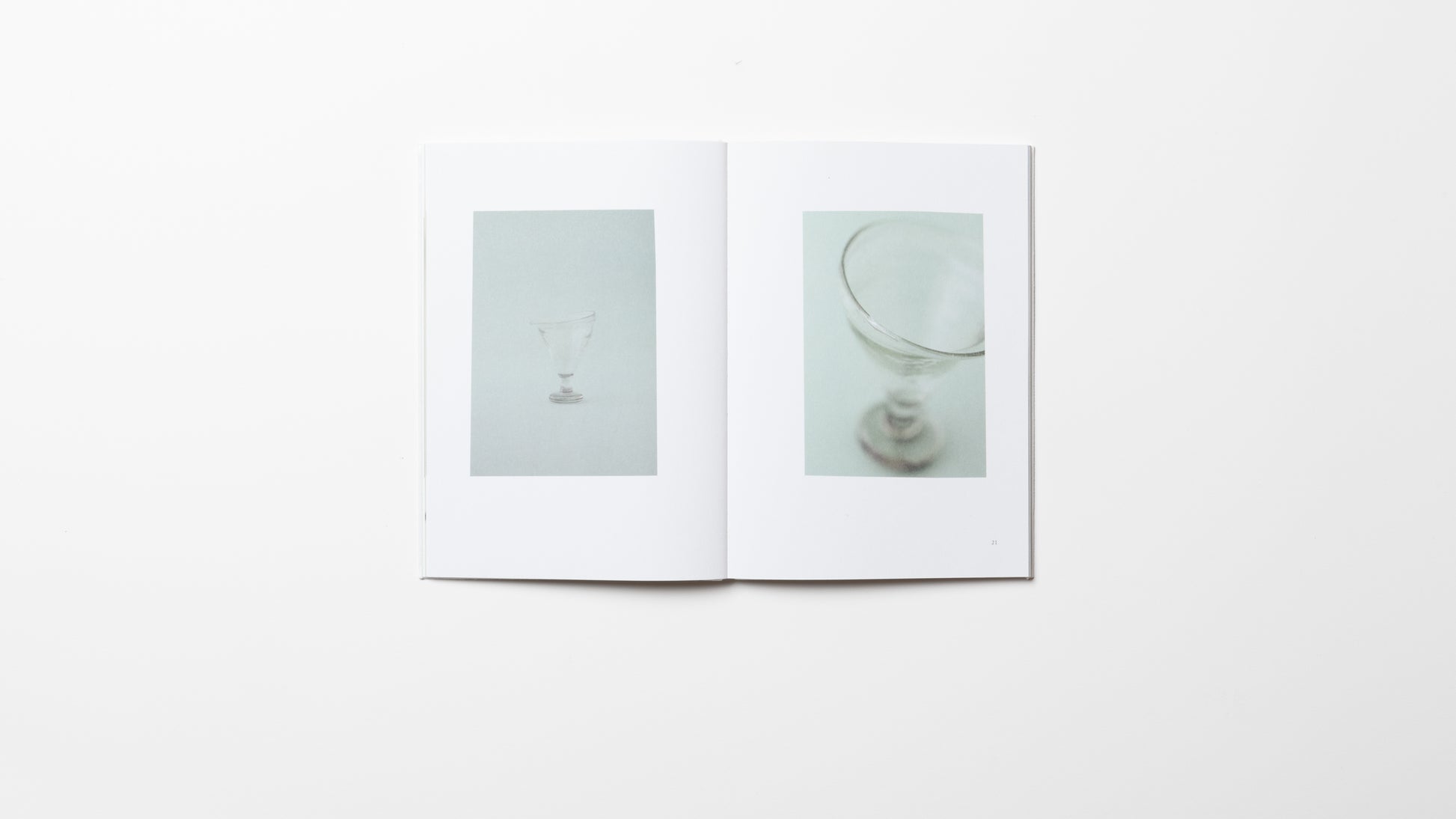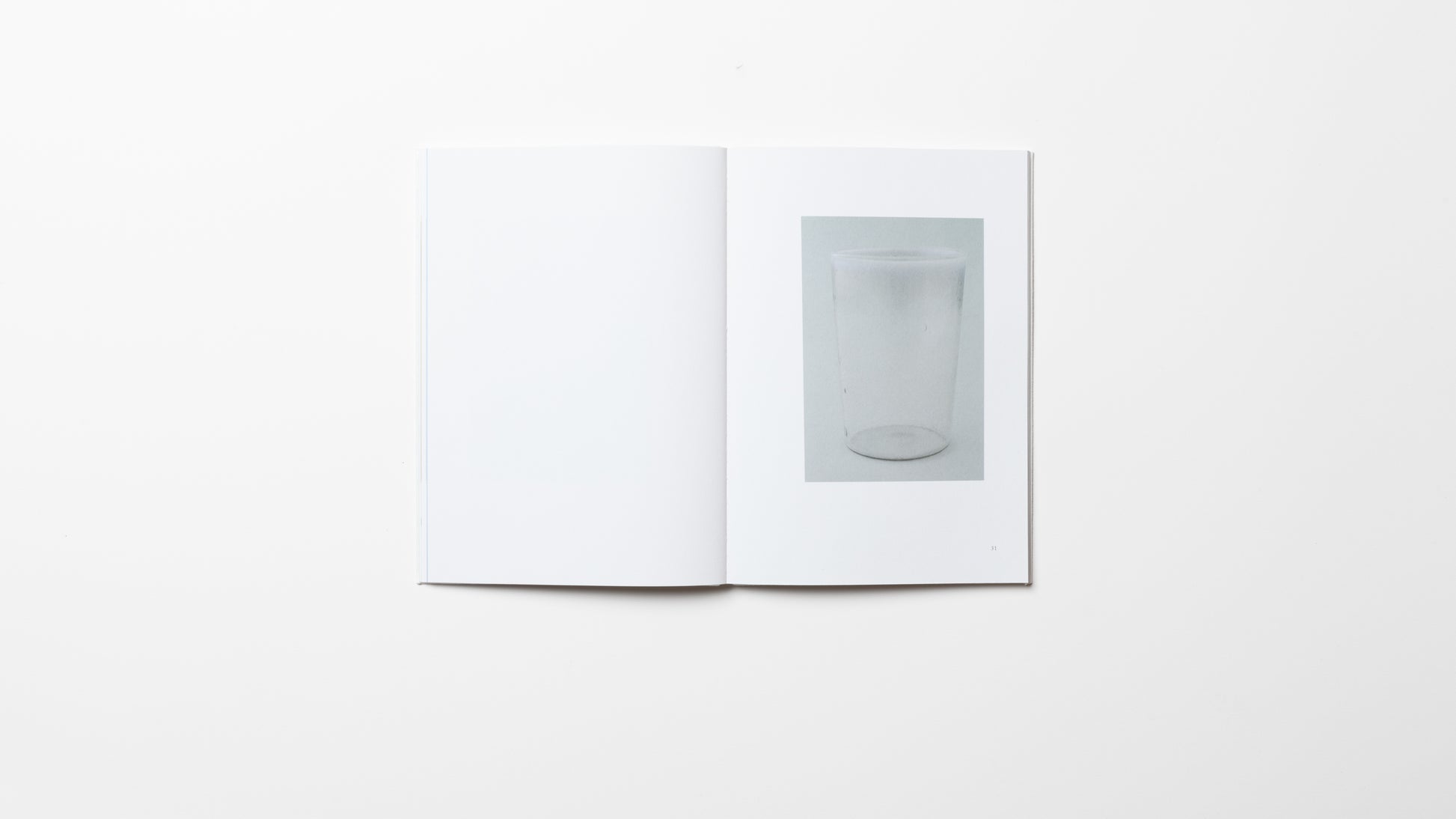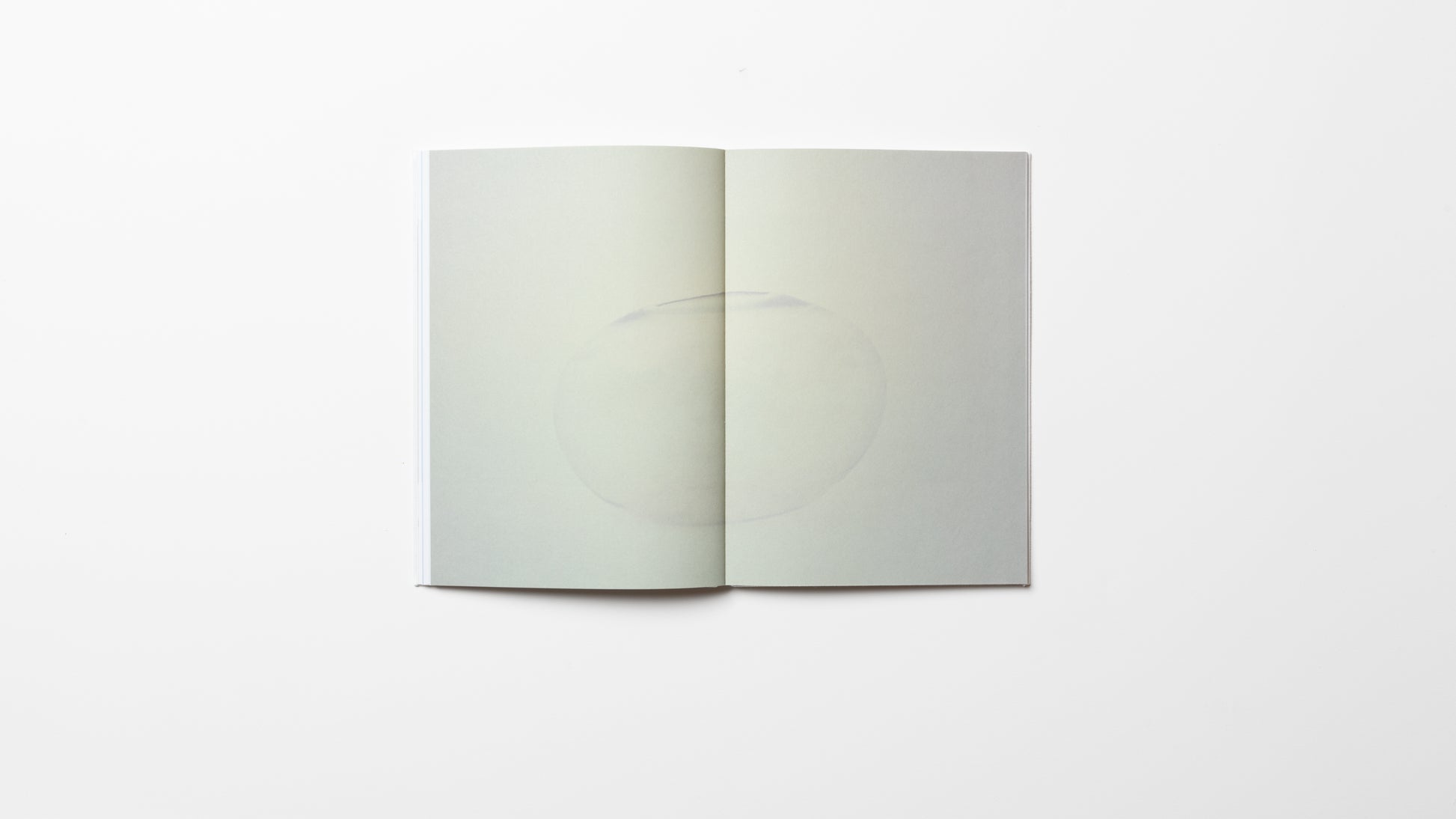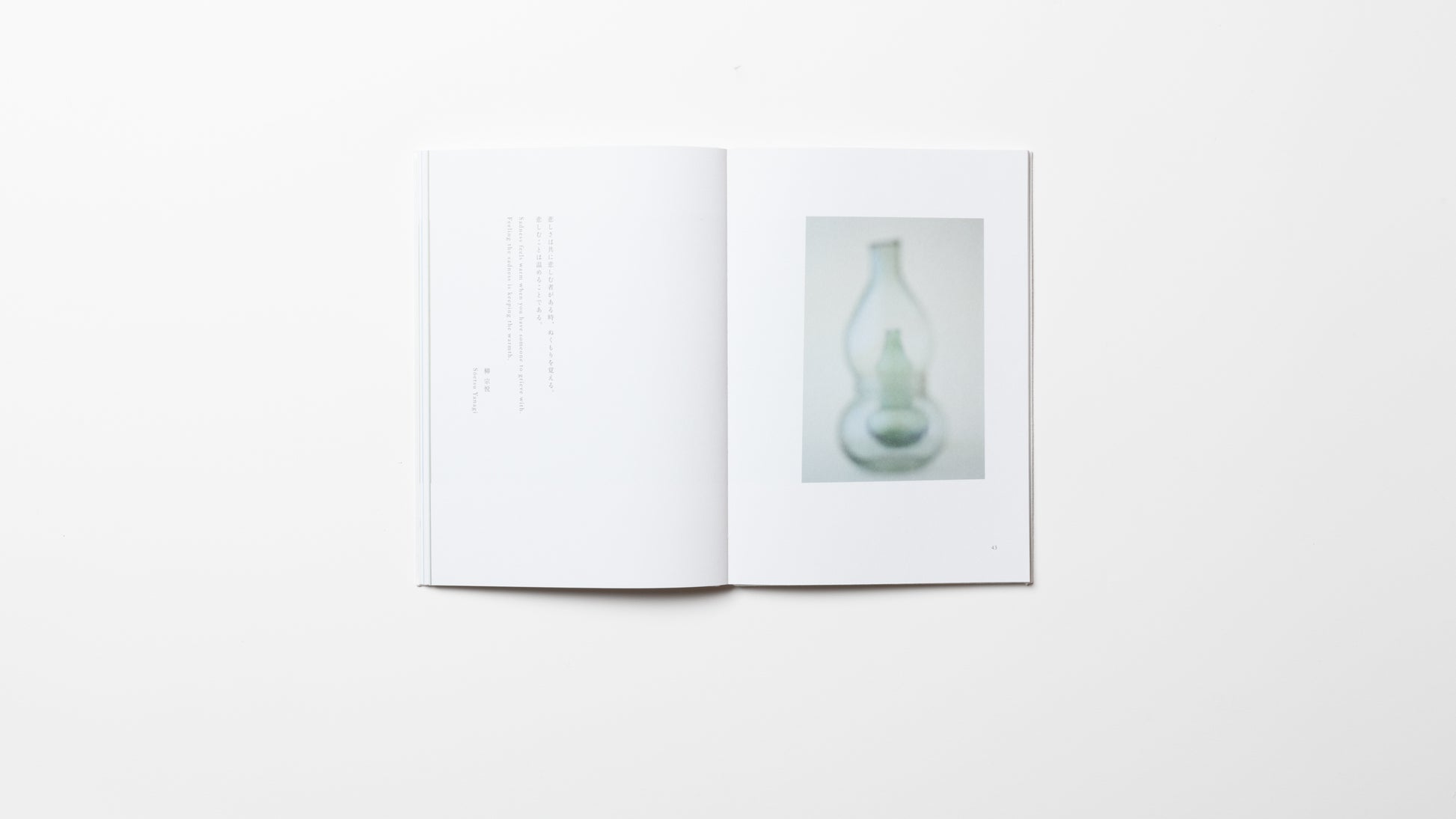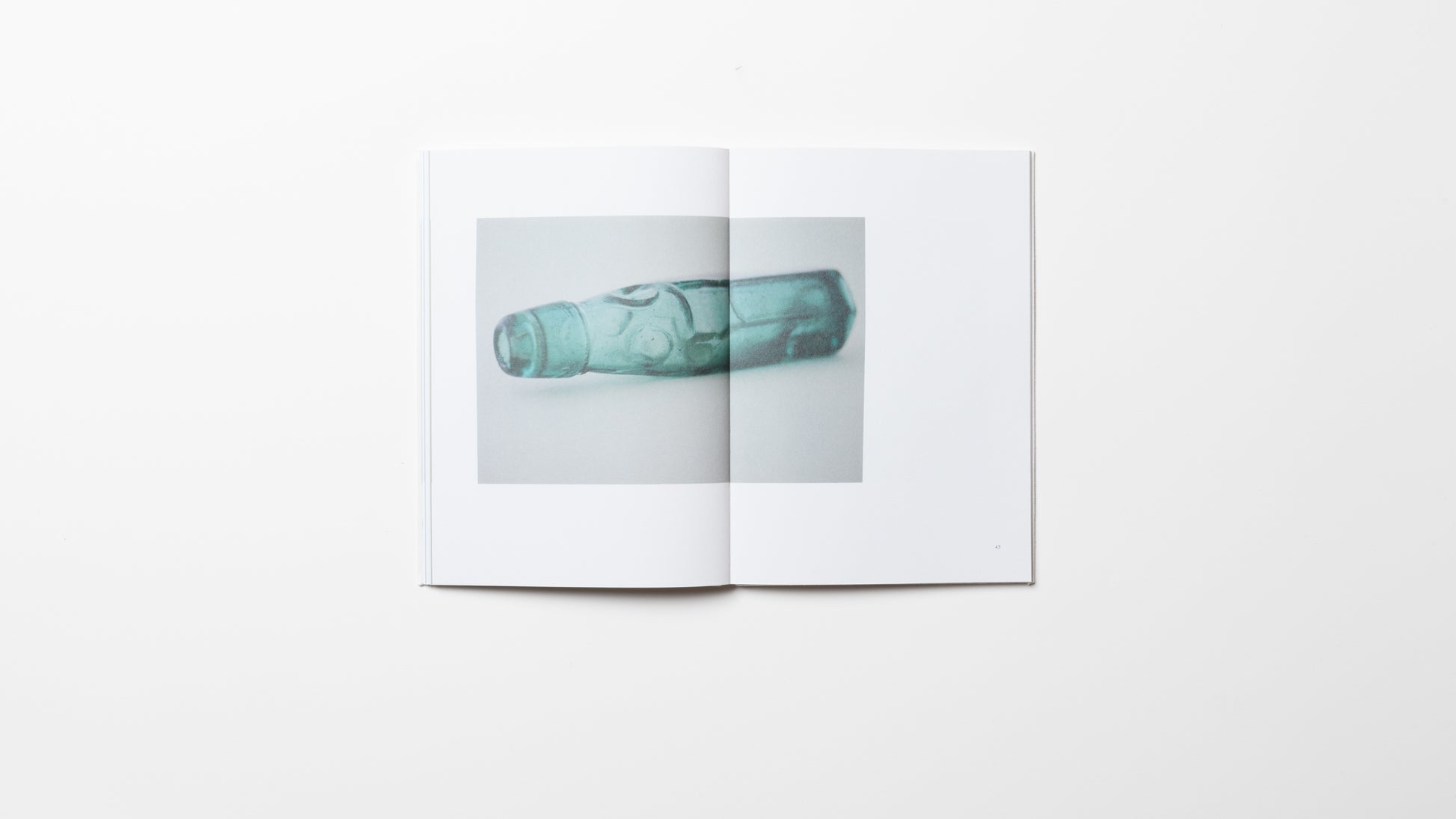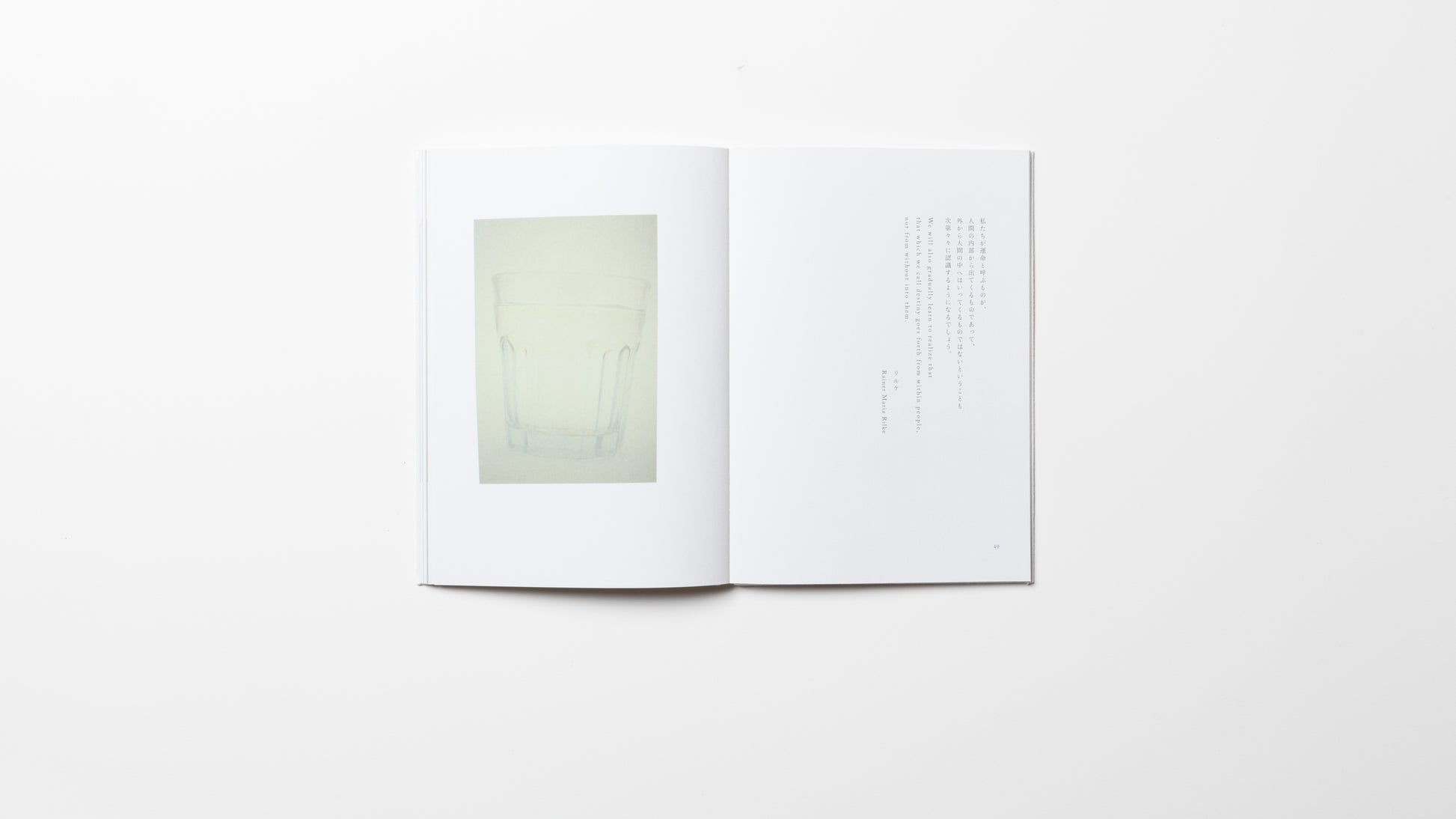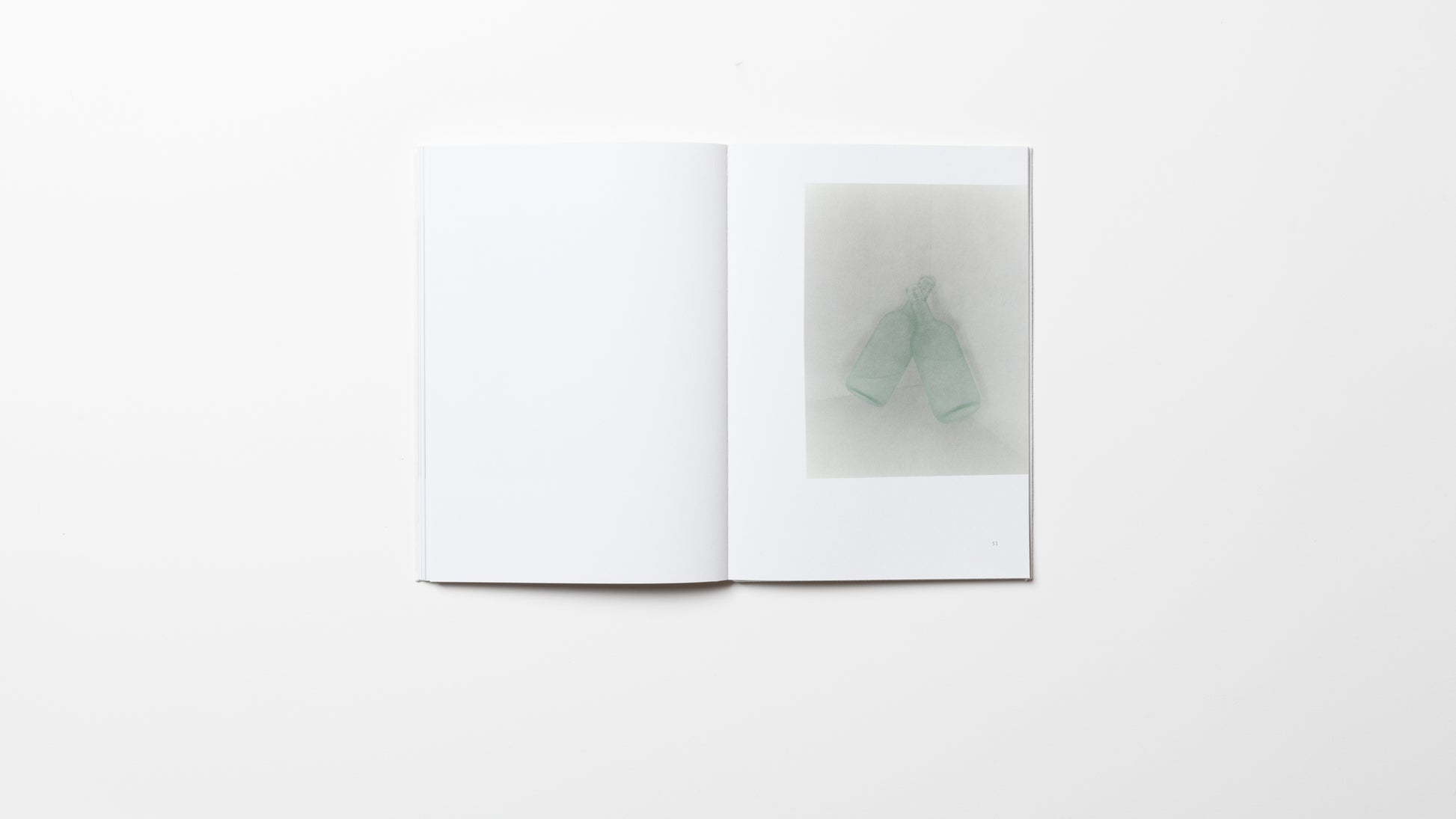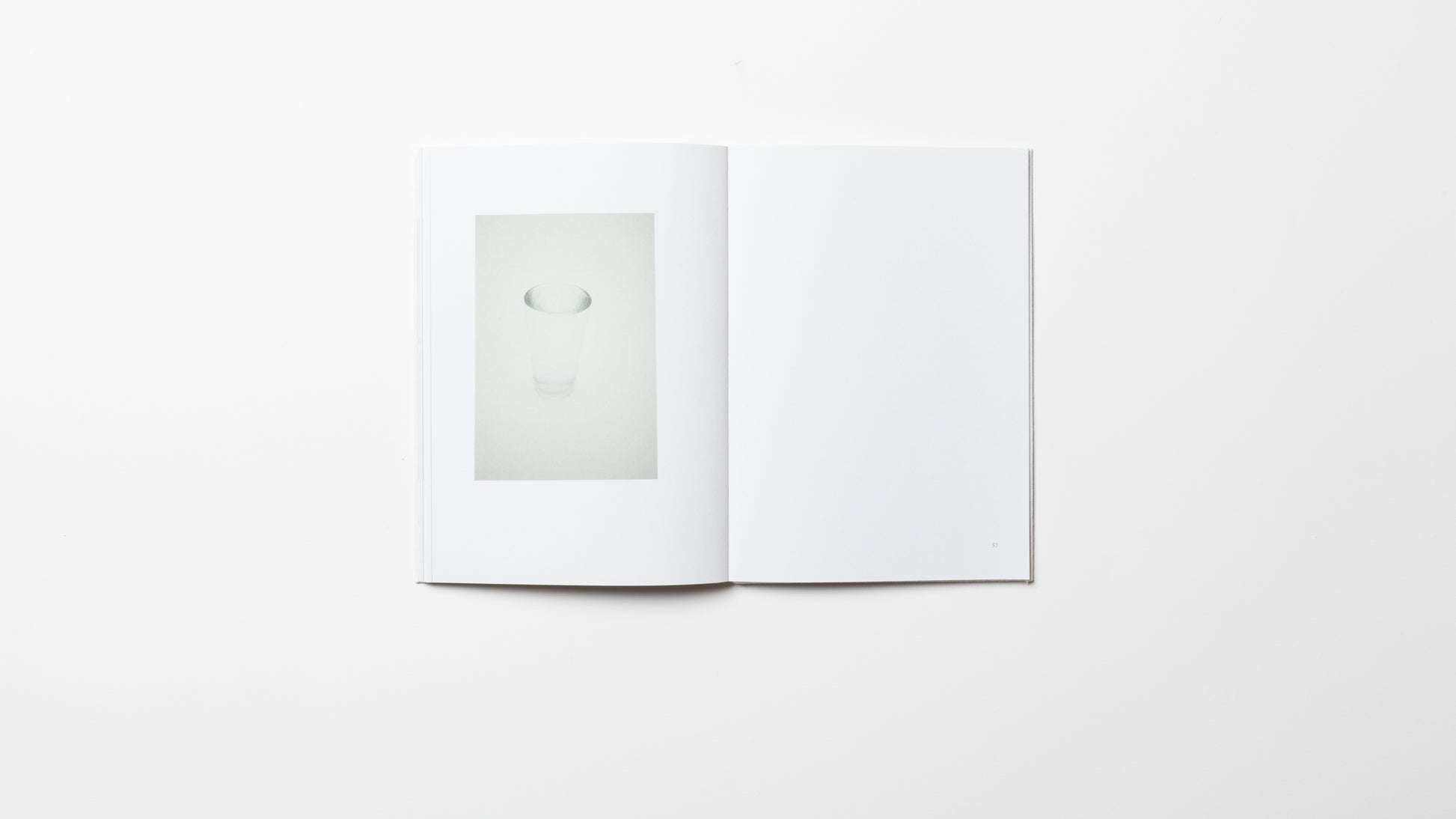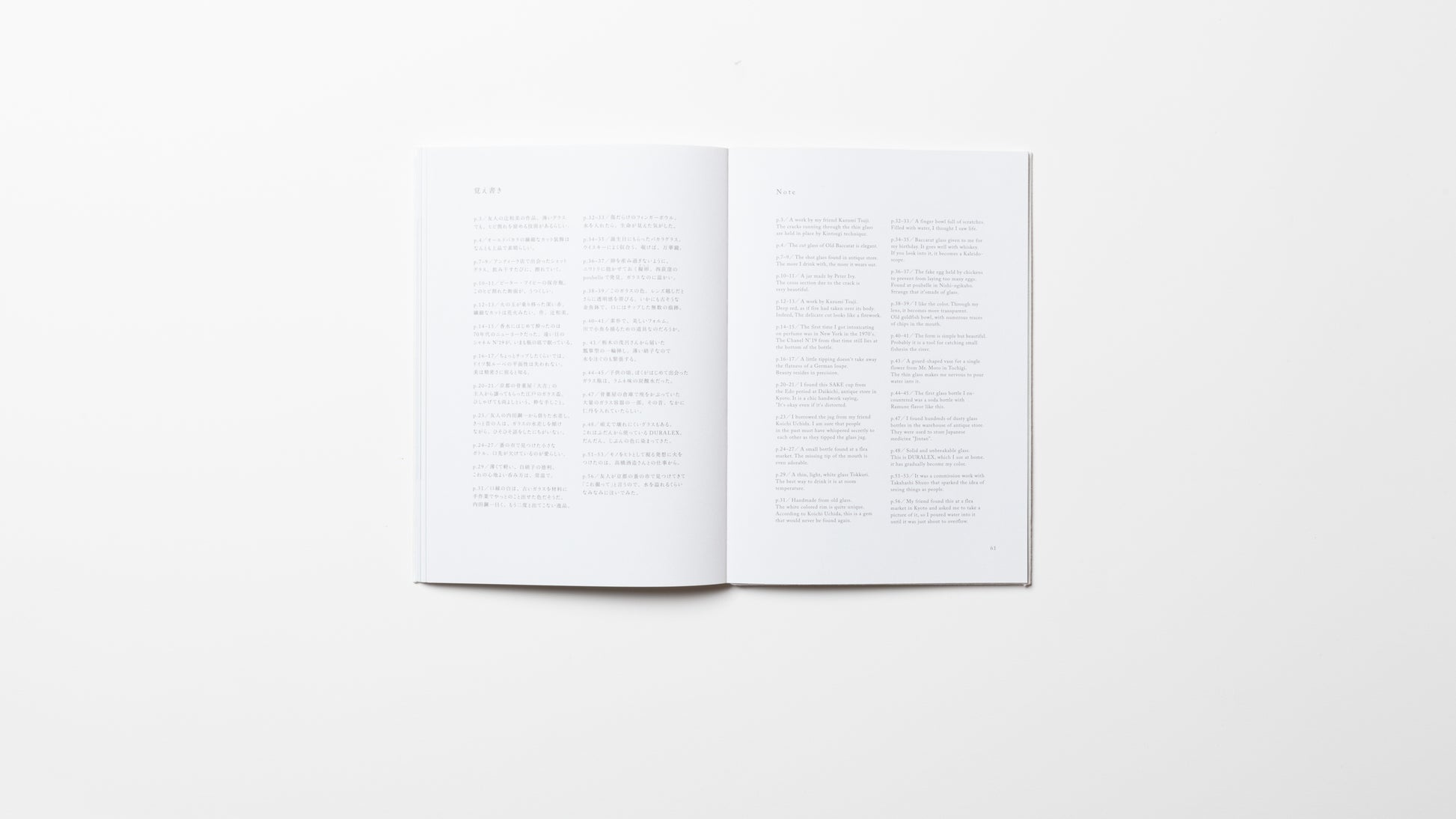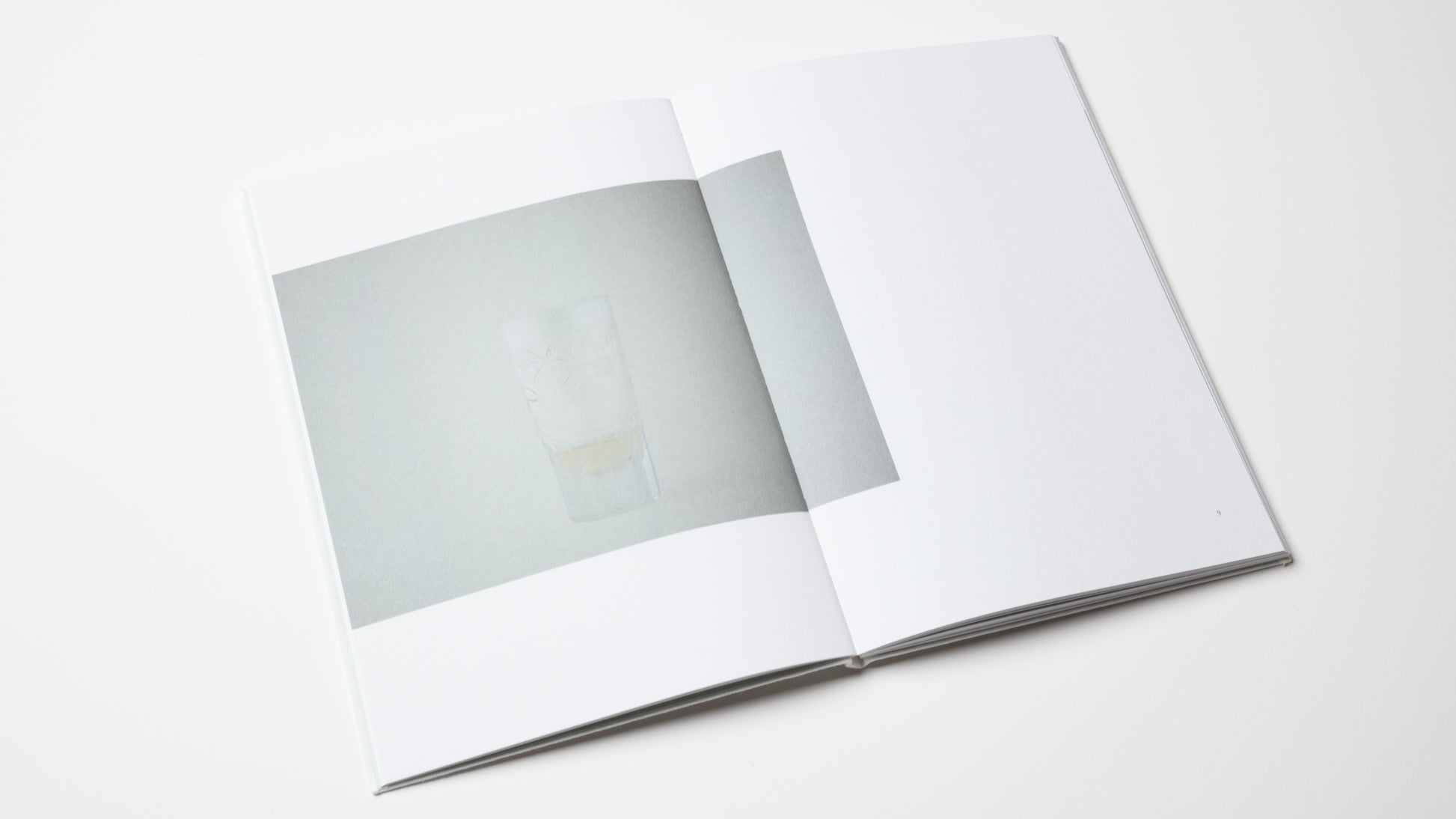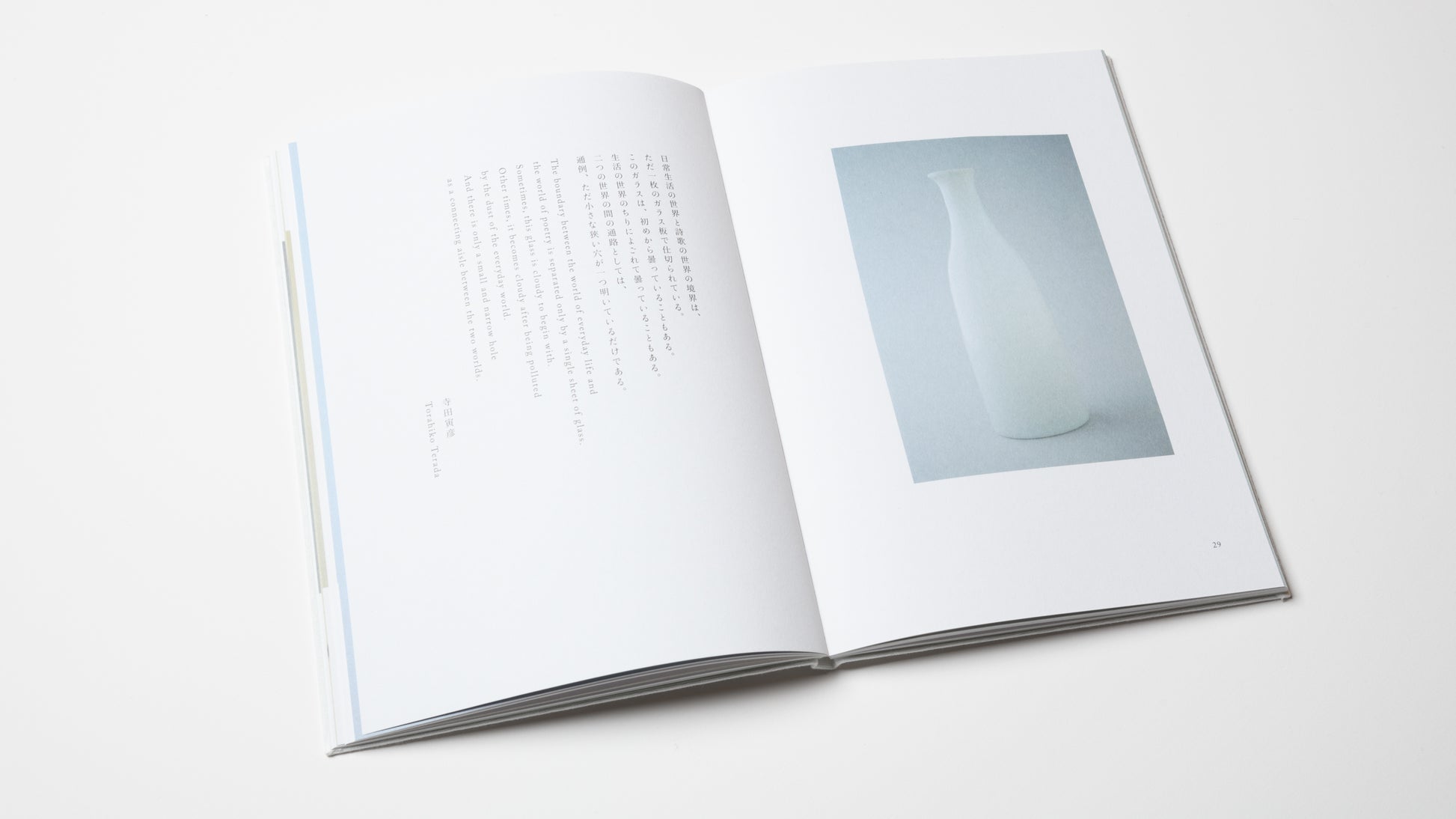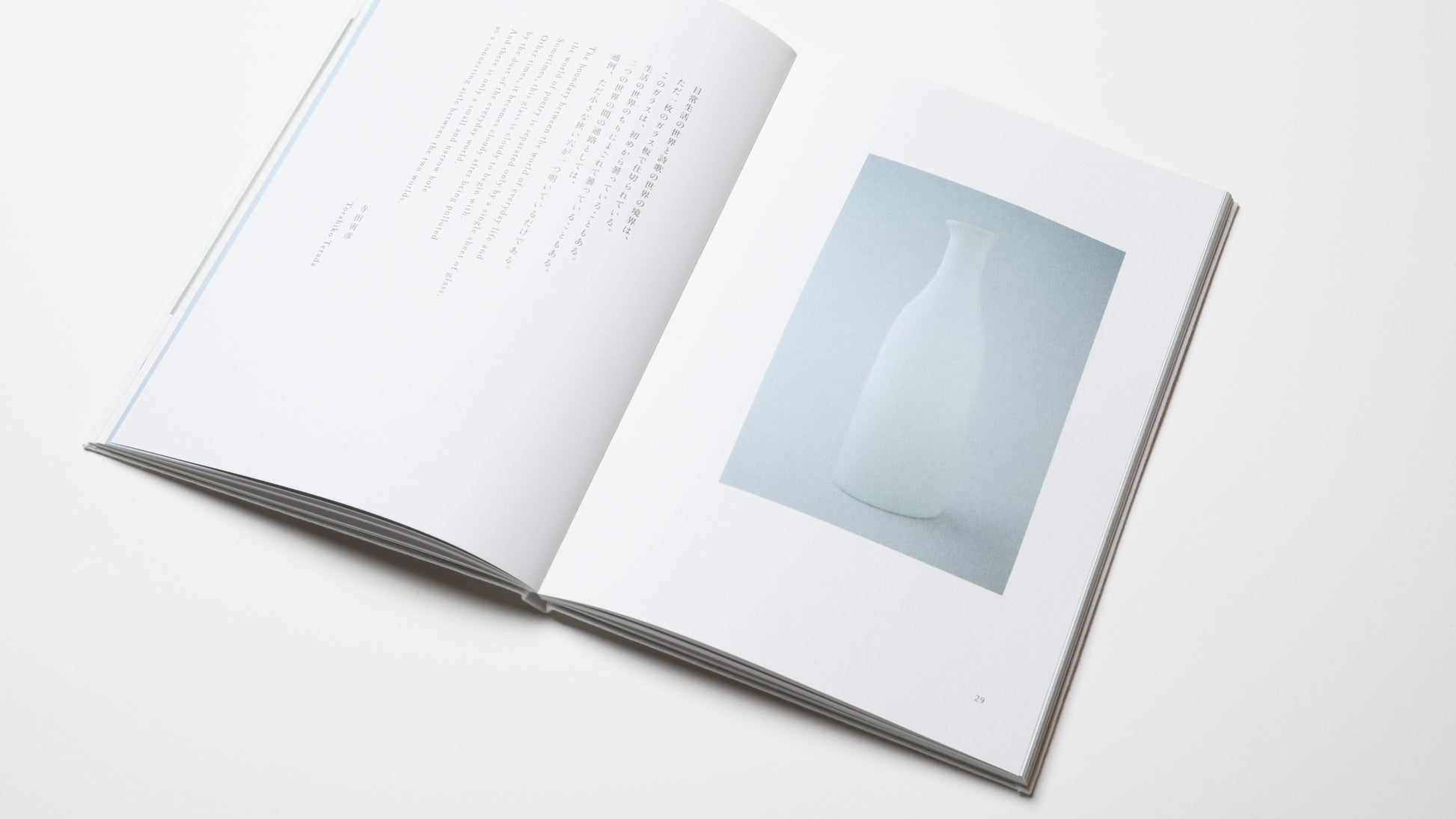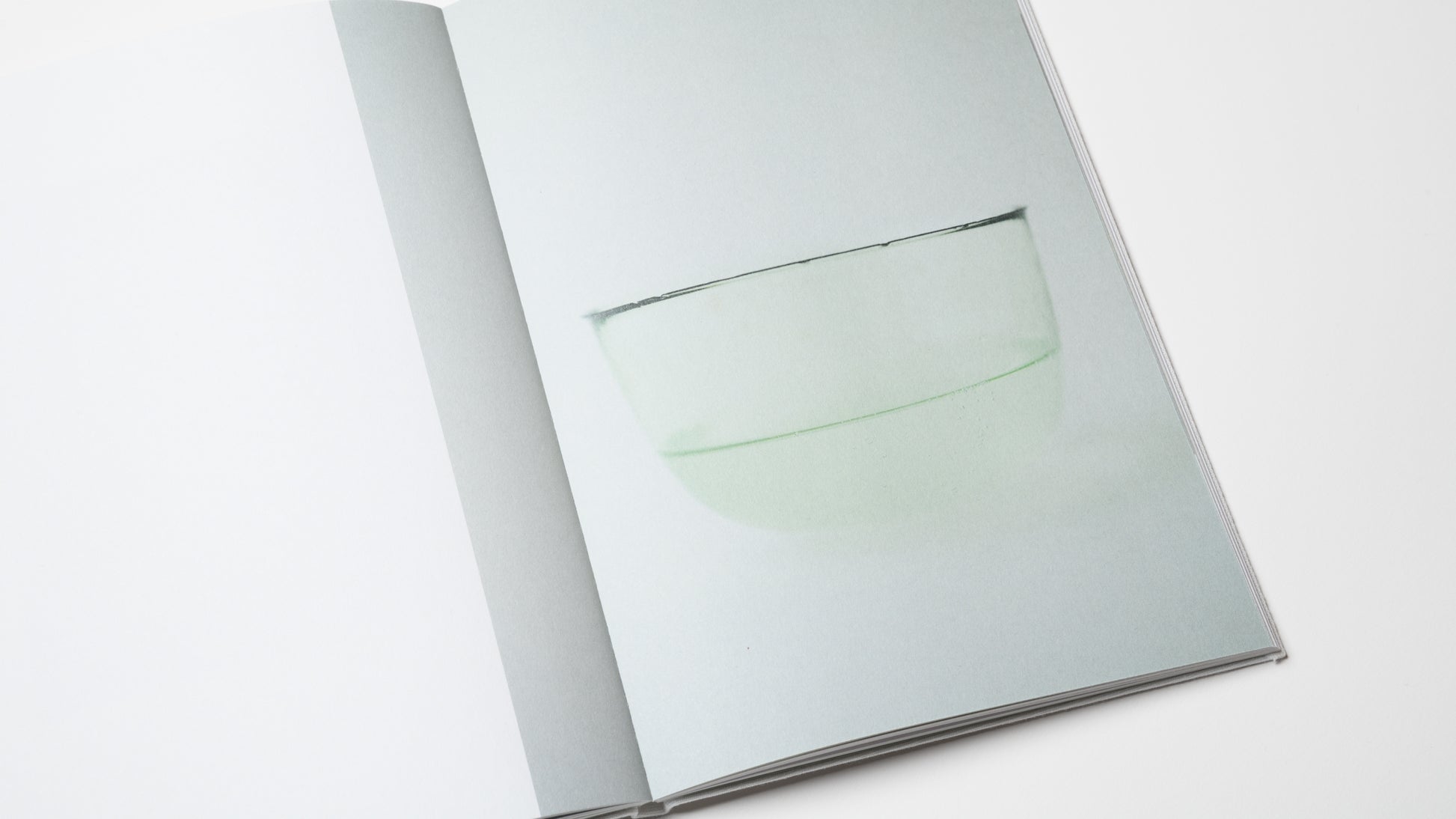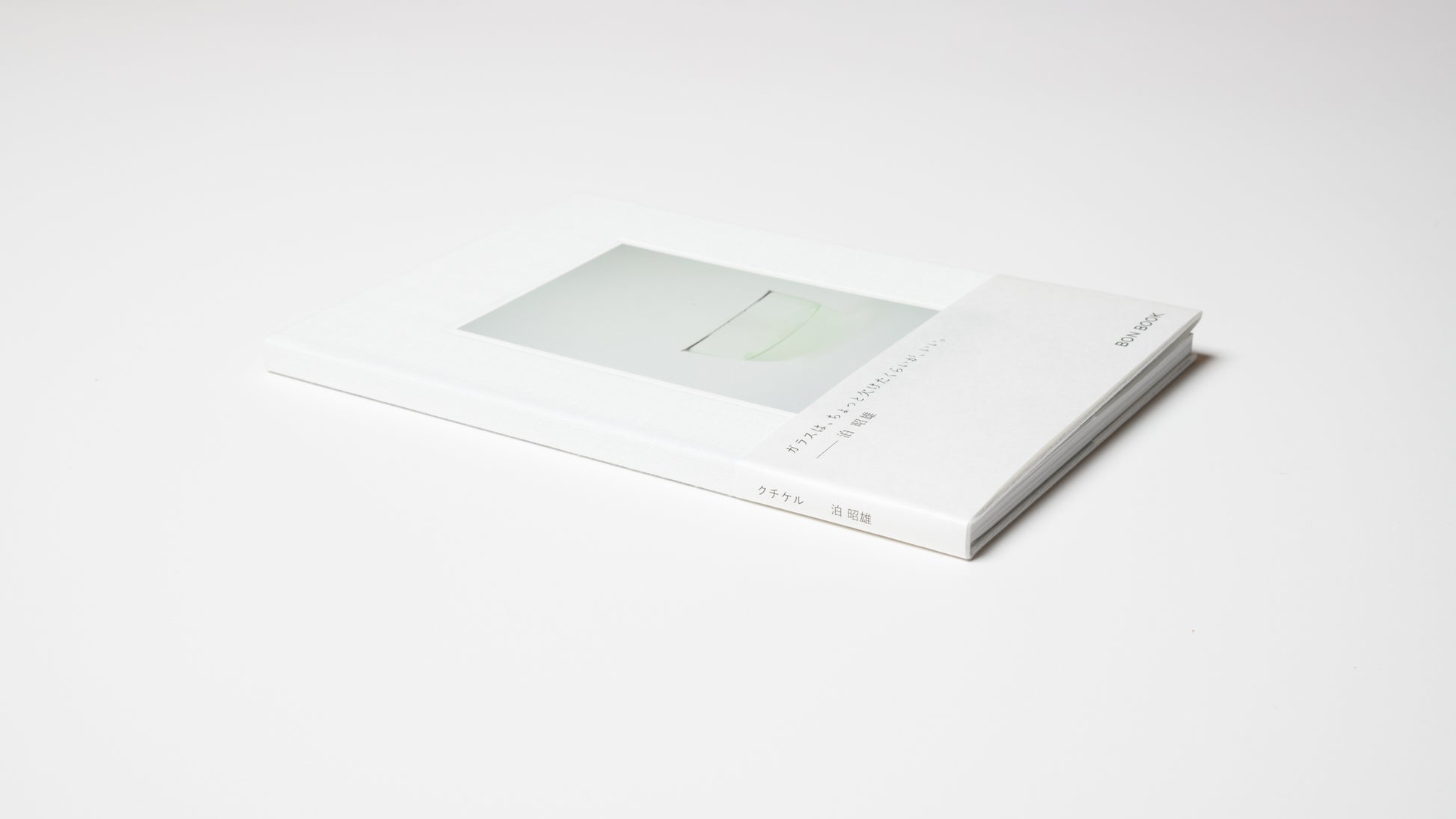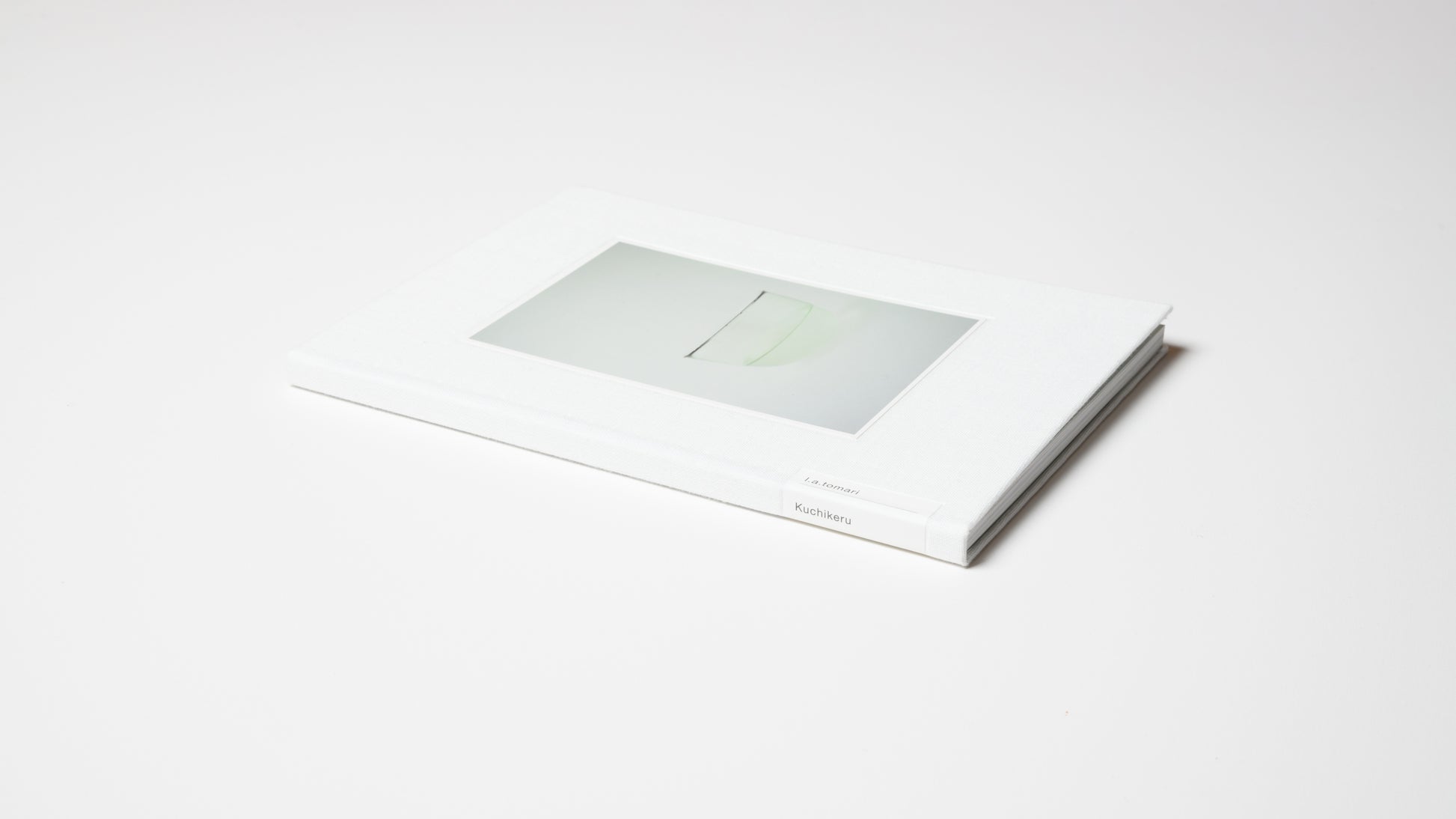Kuchikeru
Bibliographic Details
- Title
- クチケル / Kuchikeru
- Author
- L.A.Tomari. / 泊昭雄
- Designer
- Eriko Ota / 太田江理子
- Director
- Book Director + Editor: Osamu Kushida / 企画+編集:櫛田 理
- Images
- L.A.Tomari. / 泊昭雄
- Publisher
- TOSHO PRINTING CO., LTD. / 図書印刷株式会社
- Year
- 2024.2.1
- Size
- w148 × h210 × d10mm
- Weight
- 300g
- Pages
- 64 page
- Language
- Japanese, English / 日本語、英語
- Binding
- Hardcover / ハードカバー
- Materials
- Cover: Medical gauze / 表紙:医療用ガーゼ
- Edition
- Limited Edition of 2500 copies / 限定2500部
- Condition
- As New / 新品
- ISBN
- 9784910462233
翻訳:まいるす・ゑびす / Miles Yebisu 、シリーズ造本設計:田中義久、制作・取次:FRAGILE BOOKS、販売協力:無印良品 MUJI BOOKS、特別協力:辻 和美、内田鋼一、高橋酒造株式会社、印刷製本:図書印刷株式会社
Glass is,
A little chipped is good.
This is an artist's book in which photographer Akio Tomari (L.A.Tomari) captures only glass subjects in his unique worldview of "Kuchikeru". The glass objects collected for this book include goldfish bowls, ramune bottles, "glassware" that appeared in the early days of MUJI, and small old bottles that used to hold Jintan. They are all transparent subjects that could have been discarded in a heartbeat. Some of them are hand-picked by Kazumi Tsuji and Koichi Uchida, and others were given to us by famous store owners in the antique and antique world, such as "Daikichi" in Kyoto, "poubelle" in Nishiogikubo, and "Moro" in Tochigi. Words by Kenji Miyazawa, Sohaku Iwamoto, Torahiko Terada, Muneyoshi Yanagi, Rainer Maria Rilke, and Ken Kaiko, as well as the newly written "Monotachi no Tasogare" (Who and Whom of Things) are included in the Kuchikeru World. Cover binding is medical gauze.
-
Editorial Postscript:
It all started around the first spring of 2023.
It all started around the first spring of 2023.
I asked him, "Mr. Tomari, would you like to make a book about glass?" He immediately responded, "Yes, let's make a book.
After that, while I was still thinking about what kind of book I wanted to make, I visited many antique shops and asked myself, "Is this way of looking at glass possible? or "The entrance is a little chipped and beautiful," or "I'll try taking some more pictures," and the days began to pass like a personal letter.
The subjects that came in this way were all glassware that had been broken or damaged and could not be used for their original purpose. All of them were selected by Akio Tomari. Although there were some of Osamu Kushida's personal belongings mixed in, all of them were of Akio Tomari's liking, and I was deeply impressed by her assertion that "good photographs cannot be taken unless the objects have power.
The design is by Eriko Ota, whom Akio Tomari has complete trust in. She has been a colleague of Akio Tomari's since the days when he was working for Takayuki Soeda. At first glance, she may seem soft-spoken, but she has an unbreakable core and is the type of person who gets the job done right. In this case, Akio Tomari's advice to "be more delinquent," in a way that only the two of them could understand but that seemed to ring true for him, is interspersed with design innovations that slightly stray outside of the square frame.
By the way, "Kuchikeru," which is also the title of this book, was a word that came out of Akio Tomari's mouth when we were chatting with him. It was the first time I had heard the word, and when I looked up the meaning and etymology of the word on the spot, I thought it must have been a mispronunciation or a sly Kagoshima dialect word. I asked him if it was correct, and he replied that it was a term he used in the Kansai region when he was just starting out as a stylist. He told me that it is a sign that means "something that is just a little bit lacking.
I found it interesting to look at glass from this perspective of the beauty of imperfection. Although glass is a material that has been used for about 4,000 years, glassware is never left in an imperfect state unless it is an extremely rare item. Even a slightest chip is immediately labeled as a hazardous material, and either thrown in the non-burnable trash or sent out on a recycling day. We agreed to create a book entirely out of old glass objects, which are so fragile.
The title of the book was decided to be "Kuchikeru," and it was decided to prepare a special edition as well as a regular edition. The exhibition will be held at ATELIER MUJI GINZA Gallery 2 on the 6th floor of MUJI Ginza from February 2 to March 25, 2024, under the title "Monotachi no Tasogare (Twilight) Exhibition. Please come and visit us.
FRAGILE BOOKS, a company that takes care of fragile books, has been thinking carefully about how to prepare a book on the theme of "Kuchikeru" (fragile). For the regular edition, we used medical gauze for the cover. I think there is no other book with such a gentle touch. In the special edition, 35 photographs, including those not included in the regular edition, are inserted in the large, plain book. We did not print directly on the book because we wanted to tailor the bound paper bundle (plain book) like a buffer, so we rolled it up and put it in a paper tube that looks like it might contain a glass bottle. It takes a lot of work to make only 300 books, but I hope that people will experience the world of Kuchikeru as if they were gently taking out a fragile object.
Osamu Kushida
<Profile>
Akio Tomari (L.A.Tomari)
Photographer, born in Kagoshima, 1955. After working as an interior stylist, he became an independent photographer in 1993, and participated in the establishment of Gallery WALL Minami-Aoyama in 2001. 2004: Launched the quarterly magazine "hinism," 2007: The black and white magazine "nagare," 2018: "hinism vol. 10" (AXIS), 2020: "hinism vol. 11" (AXIS) In 2020, he published "hinism vol.11" (wall). He has been active in a wide range of fields, including advertising photography and photo collections.
https://www.littaitomari.jp/
Regular price
$20.00 USD
Regular price
Sale price
$20.00 USD
Unit price
per
